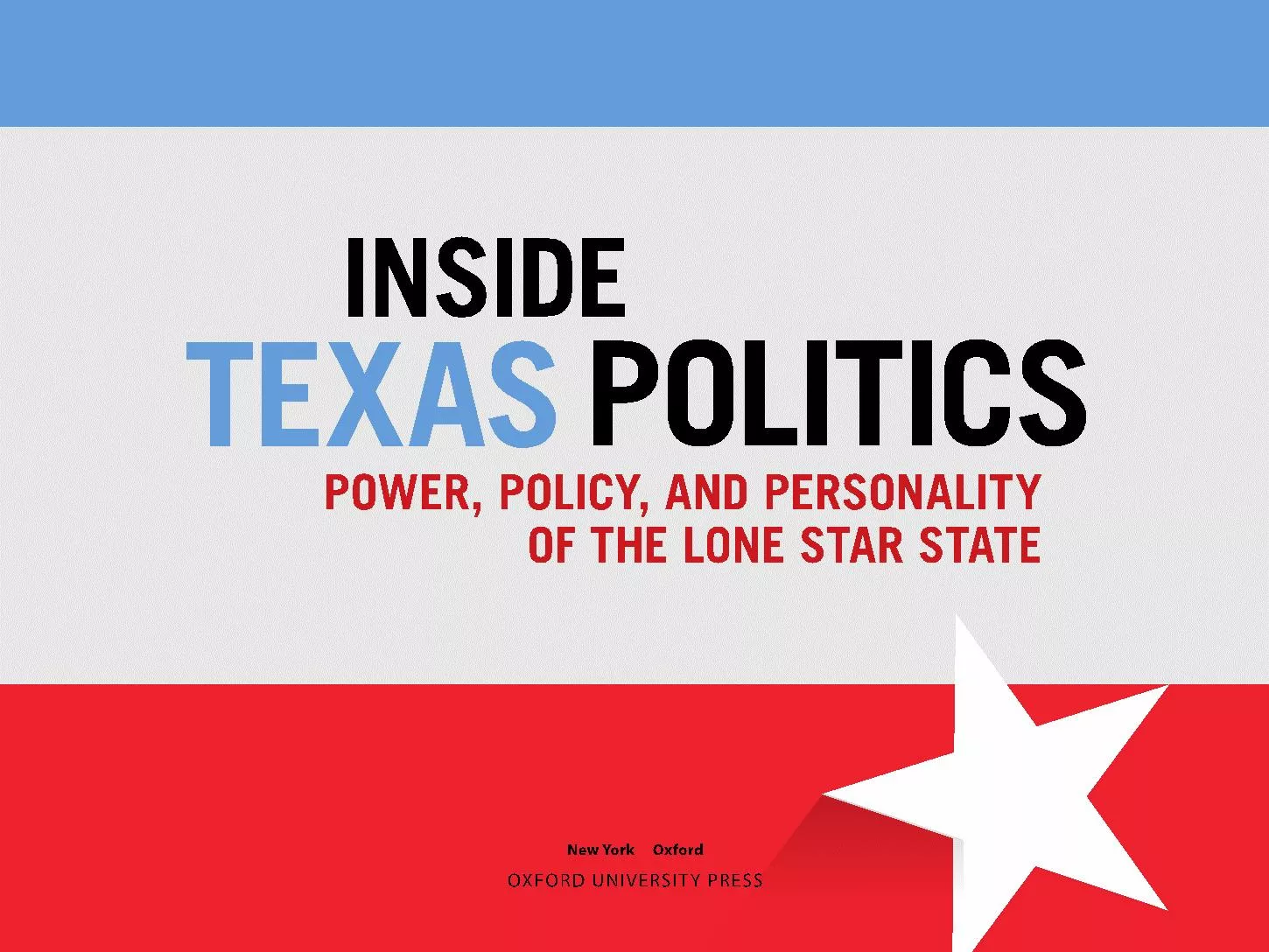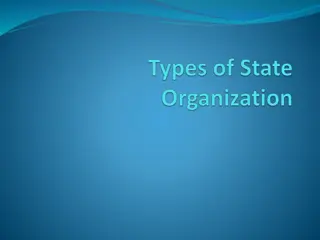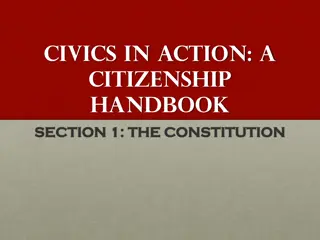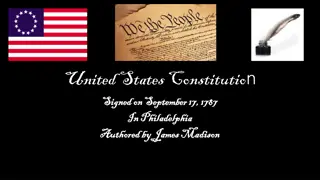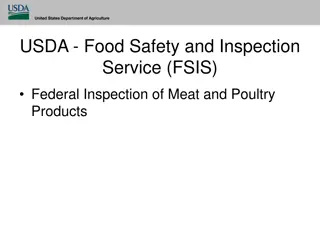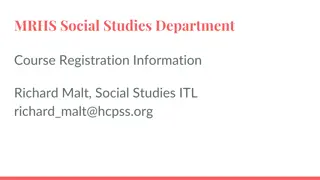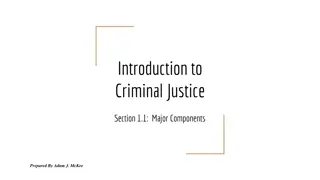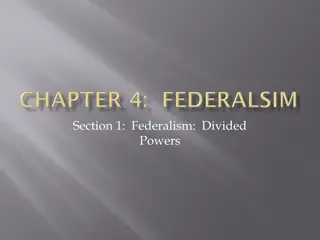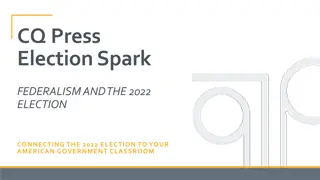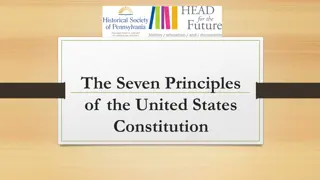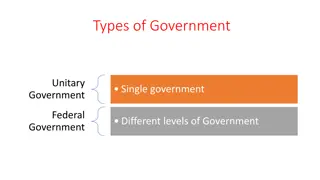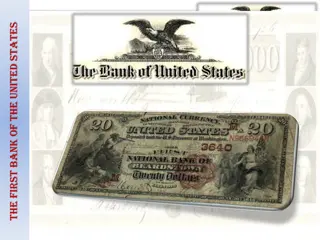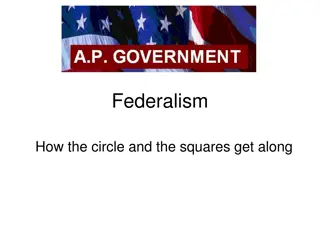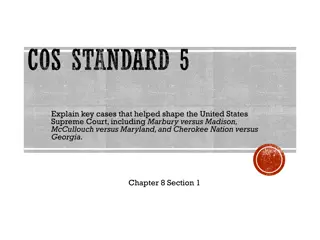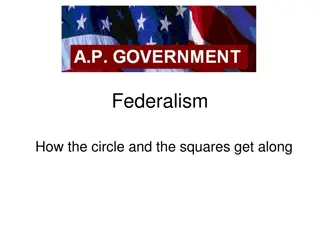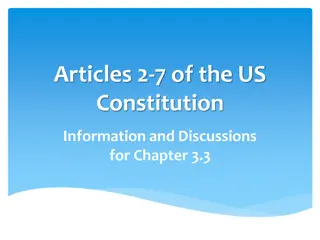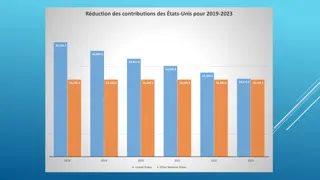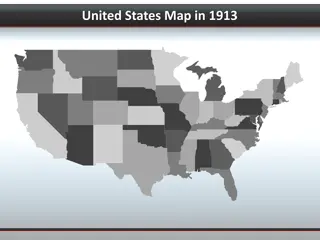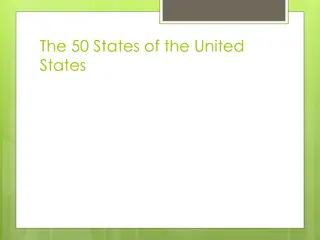Federalism in the United States
Explore the different types of governmental systems and the distribution of power between the federal and state governments. Learn about the advantages of federalism, how Texas utilizes federal funding, and the evolution of cooperation and coercion within the federal system over time. Dive into conflicts and examples of federalism in action with relevant images illustrating unitary, confederal, and federal systems.
Download Presentation

Please find below an Image/Link to download the presentation.
The content on the website is provided AS IS for your information and personal use only. It may not be sold, licensed, or shared on other websites without obtaining consent from the author.If you encounter any issues during the download, it is possible that the publisher has removed the file from their server.
You are allowed to download the files provided on this website for personal or commercial use, subject to the condition that they are used lawfully. All files are the property of their respective owners.
The content on the website is provided AS IS for your information and personal use only. It may not be sold, licensed, or shared on other websites without obtaining consent from the author.
E N D
Presentation Transcript
Learning Objectives 3.1 Identify the types of governmental systems and the sources of federal and state power 3.2 Describe the advantages of federalism 3.3 Evaluate how Texas uses the funding received from the federal government 3.4 Assess how elements of cooperation and coercion within the federal system have changed over time 3.5 Analyze examples of the conflicts over federalism
Organizing the Constitutional System Unitary Systems top-down government Centralized organization Central government supreme authority Central government grants specific power to state and local government Republic of Texas was a unitary system
Organizing the Constitutional System Confederal System State delegates power to central government for specific purposes Majority of power rests with lower level government Central government has very little power United States Articles of Confederation was a confederal system
Organizing the Constitutional System Federal System Power sharing arrangement between central government and states Federal government has authority over states in some matters Federal government and states share authority in other matters States have authority in other matters United States Constitution is a federal system
Organizing the Constitutional System Supremacy Clause Laws created under the authority of the United States shall be the supreme law of the land Enumerated Powers Powers identified as powers the federal government has Expressed or Delegated Powers Specified in writing for the federal government
Organizing the Constitutional System Implied Powers Necessary and Proper Clause Section 8 Congress can make laws to carry out enumerated powers Commerce Clause Congress has power to regulate commerce
Organizing the Constitutional System Reserved Powers Tenth Amendment Reserve Clause: powers not listed in Constitution reserved to the states Concurrent Powers Powers shared between state and federal governments Full Faith and Credit Each state respects the rights and proceedings of other states Necessary for federalism to work properly
Advantages of Federalism Stronger Central Government Representation States and local governments have a major say in how funds spent Policy Innovation Laboratories of Democracy Trust in levels of government Texans distrustful of national government Trust in local and state government Federal intervention following Civil War entrenched the value of state autonomy
Texas and Federal Funding Important way federal and state governments share power: budget finance Federal funding over a third of total Texas budget Federally funding categories Medicaid largest allocation of federal funds Second largest category is business development Disaster Relief Major way of receiving federal funds Texas relies on disaster funding more than any other state
Styles of Federalism Dual Federalism Federal, state, and local government each has exclusive powers reserved to it alone Cooperative Federalism Each level of government has overlapping and intertwined authority over shared issues Categorical Grants Funds distributed for specific programs Matching Grants State must have skin in the game
Styles of Federalism New Federalism Greater responsibilities, duties and funding to the states Reduces the size of the federal government Block grants Fixed funds for a particular policy or program Coercive Federalism Federal government establishes guidelines for states Unfunded Mandates Federal policies without federal funding Preemptions Federal regulations state implement with conditions
Texas and Conflicts Over Federalism Texas versus Washington Legal system is often the arena for battle Texas has sued the federal government most frequently over environmental issues Mixed success Tidelands Controversy Immigration Voter Identification Common Core
Texas Takeaways The three types of constitutional systems are unitary, confederal, and federal. Enumerated powers are specified in writing and retained by the federal government so that Congress has exclusive province to act on them. Implied powers are powers that the federal government could possess but that are not expressly identified. Examples of concurrent powers include the power of taxation and enforcement of immigration laws, which are shared at the state and federal level. The advantages of federalism are a stronger central government, representation of interests, policy innovation, and the ability to locate government closer to the people, which often results in a higher trust in government.
Texas Takeaways Texans support state government over the federal government on both economic and social issues. The state received $69 billion in funding from the federal government. This amounted to 35% of the state s budget. Most of the federal funds spent by the state went to social programs such as Medicare, followed by education. Other programs include transportation and other social welfare programs. Disaster funds (not regularly provided) are provided following a disaster.
Texas Takeaways Layer cake federalism is the model of dual federalism in which the arrangement of each layer of government is distinct from the other and each maintains its own power and authority. Marble cake federalism describes the style of cooperative federalism whereby the layers (of government) overlap and mix with each other, and jurisdictions on policy and regulatory matters are not bound by cleanly set layers. New federalism gives more authority to the states, whereas coercive federalism makes demands on states to achieve specific objectives. An unfunded mandate is a policy set by a higher level of government that requires spending funds but does not allocate funds for that purpose. In many cases, local governments may not have the funds to cover the policy.
Texas Takeaways Texas wins about 25% of the time in court against the federal government, although the number may be less important than the substance of the legal victory. Texas challenges the federal government most on issues of immigration, education standards, environmental rules, administering elections, medical care coverage, and business regulations. Shelby County v. Holder was the Supreme Court case that released Texas from automatic federal oversight on voting and election issues.


